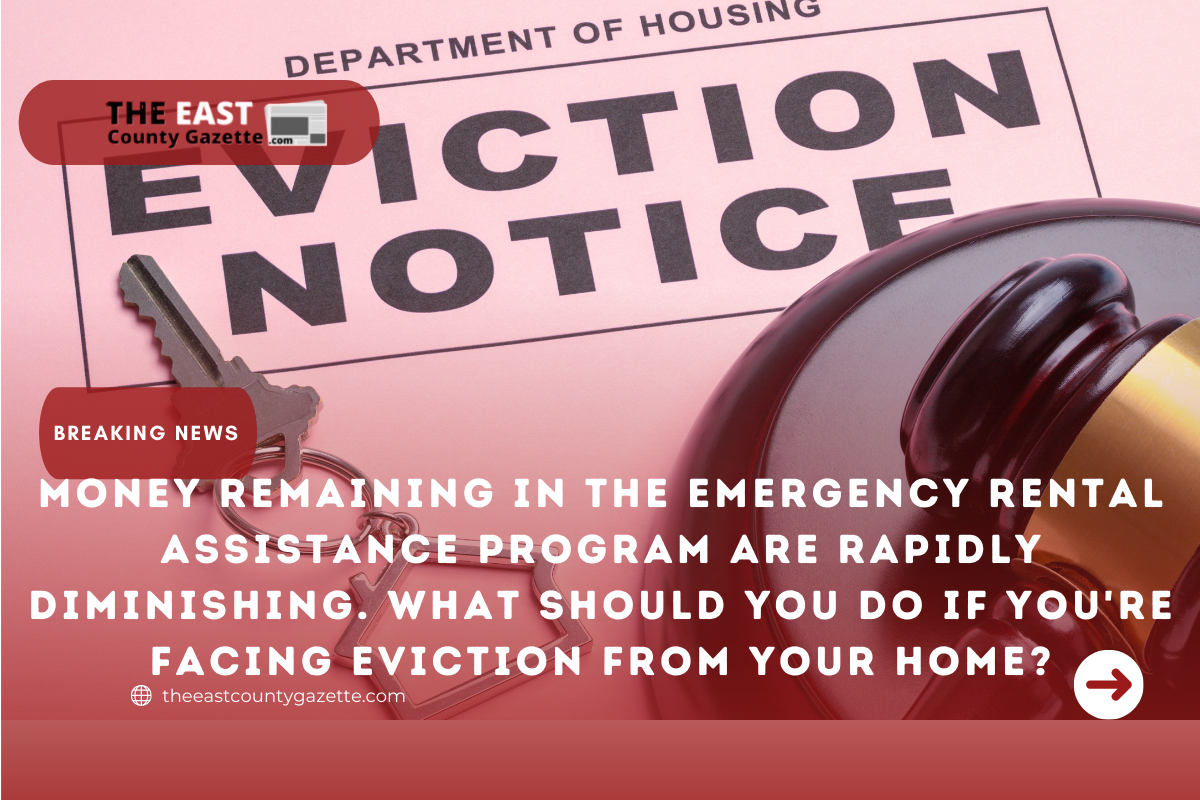Money Remaining in the Emergency Rental Assistance Program Is Rapidly Diminishing. What Should You Do Avoid Eviction?
According to CNBC, New Jersey, New York, Oregon, Texas, and Washington, D.C. are among the states that have either discontinued or placed on hold their rental assistance programs because the funds have been depleted because of a lack of available funding.
Over $45 billion in rental assistance funds were included in stimulus packages authorized by Congress in December 2020 and March 2021, making it the largest program ever to directly target people at risk of eviction, according to the National Rental Assistance Fund.

According to The New York Times, some 665,000 households obtained assistance under the Emergency Rental Assistance program in just one month, November. As a result, the total amount either already distributed or expected to be spent reached somewhere between $25 billion and $30 billion, which was the greatest amount ever for a single month in the program’s history.
The initiative got off to a sluggish start, with several states delaying the distribution of funding until the last possible minute. However, the money is now being spent so quickly that tenants in need in some areas are no longer able to receive federal rental aid assistance at all.
Furthermore, with many politicians eager to move away from COVID-era stimulus measures, it seems unclear whether a fresh round of rental aid will be approved by the Senate.
‘There is enormous uncertainty right now, especially for renters,’ Vincent Reina, a professor of urban planning at the University of Pennsylvania, told The New York Times. “There is tremendous uncertainty right now, especially for renters.”
“Historically, there has been no housing safety net in place in the United States. Then, all of a sudden, we have this allotment of resources, and we begin to construct a completely new infrastructure. Now it’s set to be demolished, and we have no way of knowing if it will ever be rebuilt.”
Read More: You May Be Able to Receive an $8,000 Stimulus Check in Q1 2022
Eviction: What to Do If You Find Yourself in This Situation
There are some solutions available to renters who are facing eviction but do not have access to funding from the Emergency Rental Assistance Program (ERAP).
Housing and Urban Development recommend that you contact your landlord as soon as possible to explore payment arrangements. You should be honest about your financial condition and explain how COVID-19 or other problems have hampered your ability to earn a living.
Be specific about your requirements; explain any resources or options you’ve discovered that may be of assistance; request flexible payment arrangements or payment plans; and preserve a written record of all of your communications, including emails and text messages, to avoid confusion later.
Here are some additional tips supplied by HUD to help you avoid being evicted:
Find out whether there are any state or local protections in place: Since the outbreak of the pandemic, some governments and municipalities have implemented harsher eviction restrictions.
More information can be obtained by calling 211, which is a free, nationwide program that connects callers with local resources. You can also go to the Eviction Lab website, which is run by a non-profit organization and gives information on state and local eviction protections.
Find out more about income recertification by reading the following: Those who live in HUD-assisted (public) housing or who receive HUD housing vouchers are eligible for this assistance.
The Department of Housing and Urban Development (HUD) requires that anybody receiving rental assistance disclose any decreases in wages, job hours, or family income that could result in a temporary reduction in income-based rent payments or an increase in housing subsidies.

